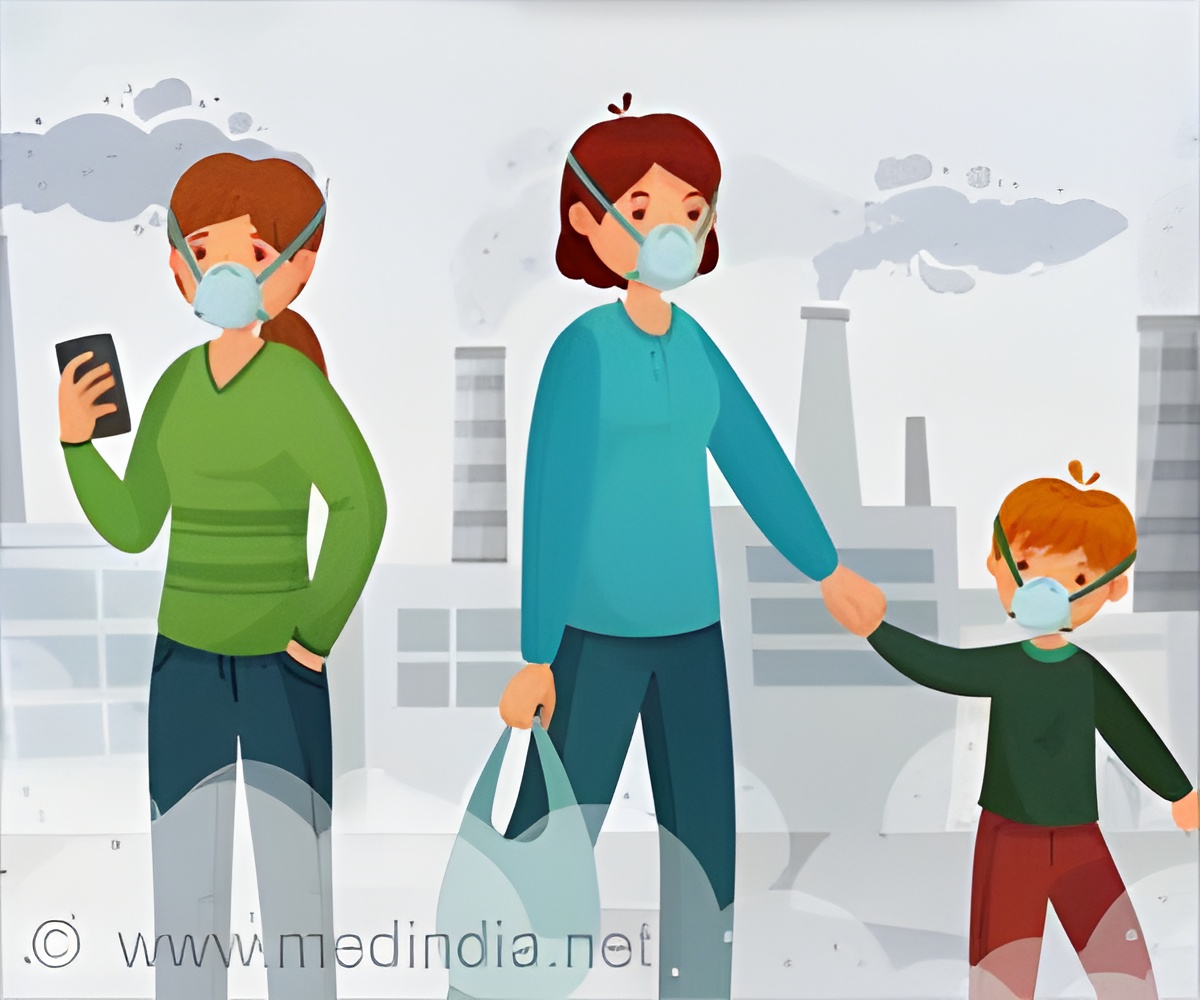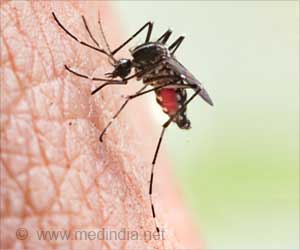Public health measures to prevent air pollution could lead to positive effects on patients with heart failure.

Analysis of an acute effect of particulate matters on heart failure mortality in Poland
Go to source). “Protecting vulnerable groups, especially during winter, should become an integral part of clinical care. That means health professionals working with patients to monitor air quality and choose optimal times for outdoor activity,” said study author Dr. Lukasz Kuzma of the Medical University of Bialystok, Poland.
Air pollution is the single biggest environmental threat to human health, according to the World Health Organization (WHO) (2✔ ✔Trusted Source
WHO global air quality guidelines: particulate matter (‎PM2.5 and PM10)‎, ozone, nitrogen dioxide, sulfur dioxide and carbon monoxide
Go to source). This includes particulate matter (PM)2.5 and PM10, of which major sources are vehicle exhaust emissions and industry fumes. Ambient air pollution caused an estimated 4. million premature deaths globally in 2019 (3✔ ✔Trusted Source
World Health Organization: Ambient (outdoor) air pollution
Go to source).
Air Pollution and Cardiovascular Disease
Heart failure affects more than 64 million people worldwide (4✔ ✔Trusted SourceGlobal burden of heart failure: a comprehensive and updated review of epidemiology
Go to source). The authors of the current study previously found that rises in particulate matter were associated with increased hospitalizations for heart failure (5✔ ✔Trusted Source
Environmental and socioeconomic determinants of heart failure
Go to source). This study examined the relationship between smog exposure and short-term mortality from heart failure.
Mortality data from the five main cities in Eastern Poland during 2016 to 2020 were obtained from the Central Statistical Office. Concentrations of PM2. and PM10 were retrieved from the Inspectorate for Environmental Protection. Home post codes were used to connect individual pollution exposure with mortality.
The researchers used a time-stratified case-crossover study design in which participants served as their own controls. This eliminated the potential confounding effect of individual characteristics. For each participant, pollutant levels on the day of the week a death occurred (e.g. Tuesday) were compared with pollutant levels on the same day of the week with no deaths (e.g. all remaining Tuesdays) in the same month. The analyses were repeated for pollution levels one day and two days before a death took place. All analyses were adjusted for factors that could influence the relationships including the time of year, day of the week, weather conditions (temperature, humidity and atmospheric pressure) and long-term trends such as population demographics.
A total of 87,990 deaths were recorded during the five-year study, of which 7,404 were due to heart failure. The average age of those who died from heart failure was 74 years and 49% were women. The highest number of deaths occurred in winter and the lowest in summer, with averages of 1.03 and 0.69 per day, respectively. A 10 μg/m3 increase in PM2.5 and PM10 was associated with a 10% and 9% rise, respectively, in the risk of death due to heart failure on the polluted day. Similar risks of dying from heart failure were observed one and two days following smog exposure.
Dr. Kuzma said: “The results suggest that pollution continues to exert negative effects on heart health for two days after smog exposure. Patients with heart failure should minimise their time in polluted areas, for example by avoiding outdoor activities in places with dense traffic or when pollution levels are high, and using air filters at home. In addition, patients can advocate for policies and actions to improve air quality in their communities.”
Advertisement
References:
- Analysis of an acute effect of particulate matters on heart failure mortality in Poland - (https://digital-congress.escardio.org/Heart-Failure/sessions/7475-chronic-heart-failure-prevention)
- WHO global air quality guidelines: particulate matter (PM2.5 and PM10), ozone, nitrogen dioxide, sulfur dioxide and carbon monoxide - (https://www.who.int/publications/i/item/9789240034228)
- World Health Organization: Ambient (outdoor) air pollution - (https://www.who.int/news-room/fact-sheets/detail/ambient-(outdoor)-air-quality-and-health)
- Global burden of heart failure: a comprehensive and updated review of epidemiology - (https://pubmed.ncbi.nlm.nih.gov/35150240/)
- Environmental and socioeconomic determinants of heart failure - (https://pubmed.ncbi.nlm.nih.gov/36354114/)










